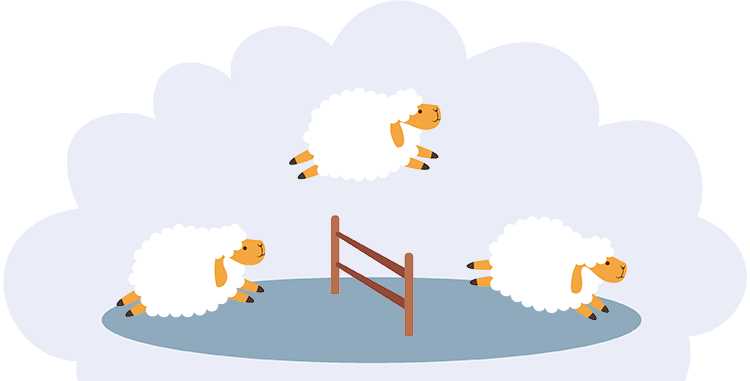Sleep -talking in children and adolescents
At the same time, children suffering from these disorders are mentally healthy. With age, these phenomena most often disappear, and only 1% of the symptoms remain for life.
Is sleepwalking in children a norm or a pathologye?
The disease sleepwalking in children has various symptoms and most often does not need treatment. Children’s sleepwalking is often regarded as a normal phenomenon, since at this age the physiological phases of sleep are just being formed. Drug treatment for children is prescribed if episodes of sleepwalking are repeated frequently or cause difficulties for the child and his family.
Impressive, sensitive and easily fatigued children are more likely to suffer from sleepwalking. This sleep disorder is observed in nervous babies who are prone to prolonged fixation of unpleasant experiences. Their sleepwalking is often combined with other sleep disorders and bedwetting.
Symptoms of sleepwalking in children
Signs of sleepwalking (sleepwalking) in children often appear after nervous experiences the day before. The child gets out of bed and walks aimlessly around the room with open eyes. He can also perform some actions: fold things and rearrange objects, dress; being in this state, the child anxiously explains something and answers the questions of the parents.
A patient with a “calm” variant of sleepwalking may quietly go to the parent’s room or towards a light source. Older children are more active during episodes of sleepwalking, they suffer from nightmares and talk during sleep.
The danger of sleepwalking is that it is associated with an increased risk to the health of the child, who can injure himself, go out the door or window, or go down the street. It has been noticed that the peak of the prevalence of sleepwalking is observed when approaching adolescence, at the same time the first symptoms of this disorder may appear.
Sleepwalking in teenagers
The causes of sleepwalking in adolescents lie in the hormonal changes in the body; they are also associated with a high information load, nervous tension and feelings typical of this age. The state of adolescents is also affected in a certain way by a common bad habit – excessive passion for listening to music and watching TV before bed. In such cases, the brain does not rest at night and continues to process the flow of impressions.

